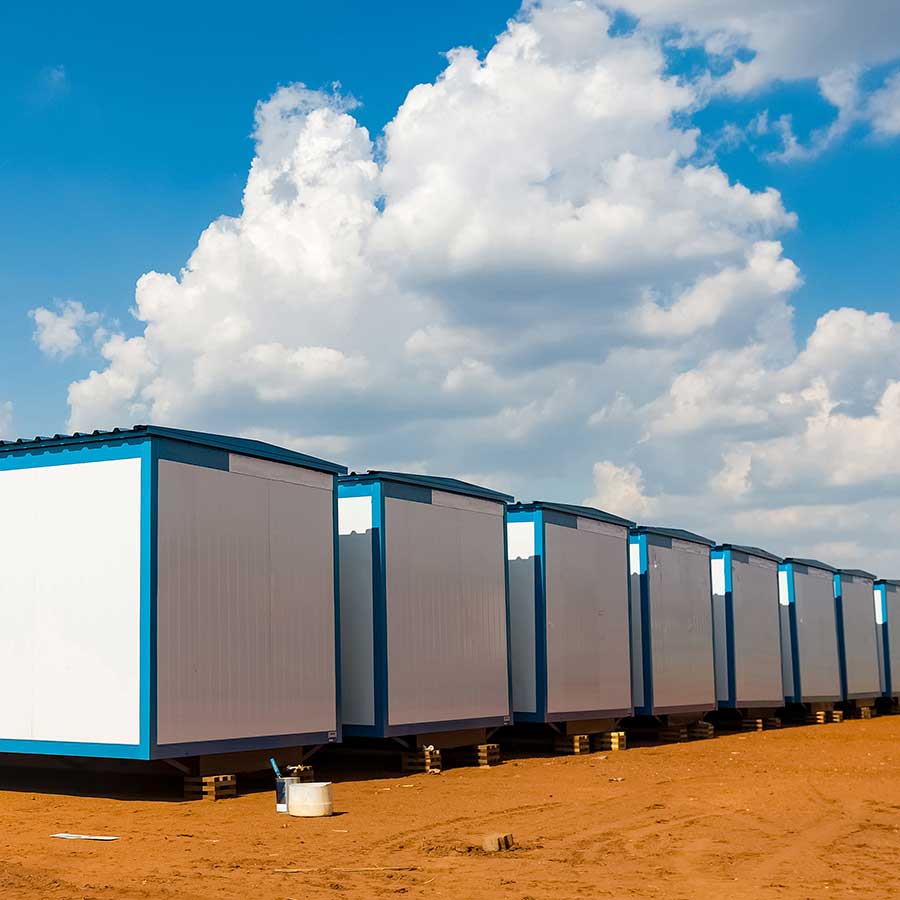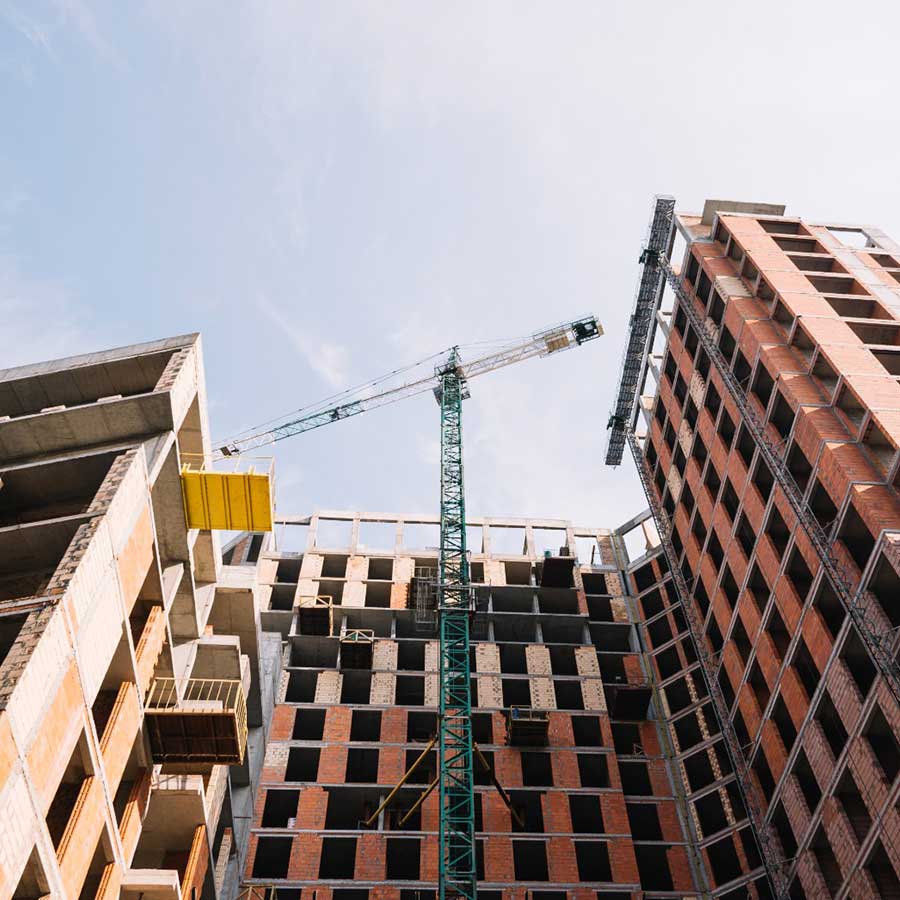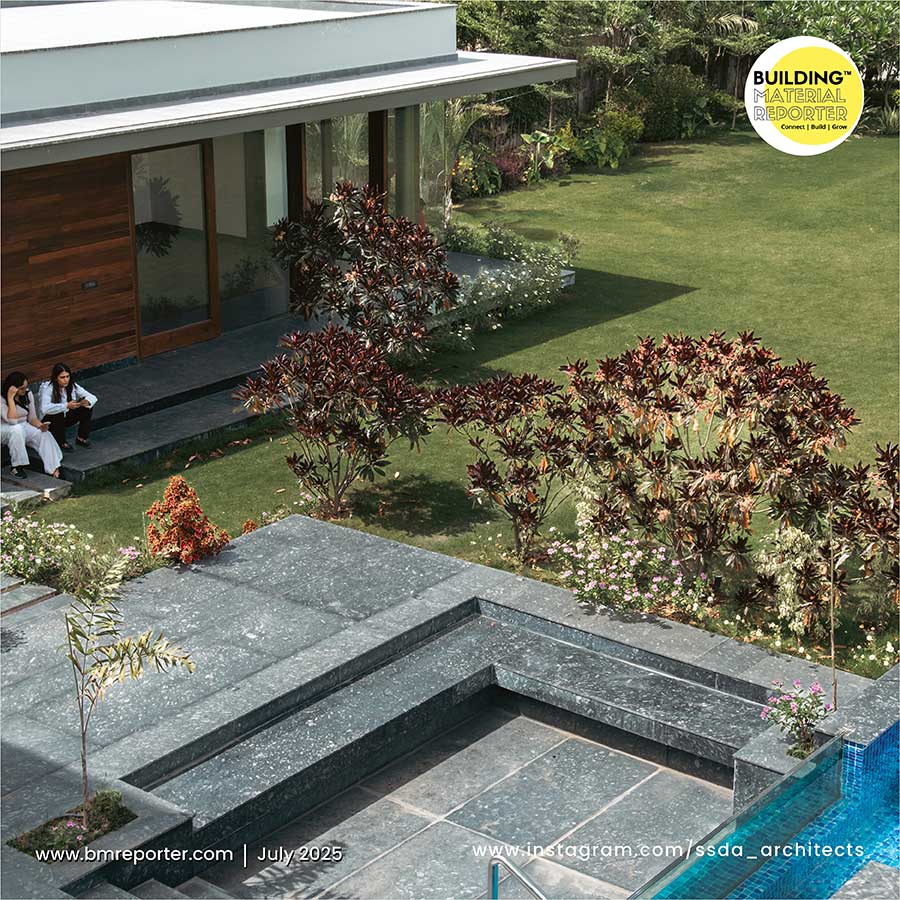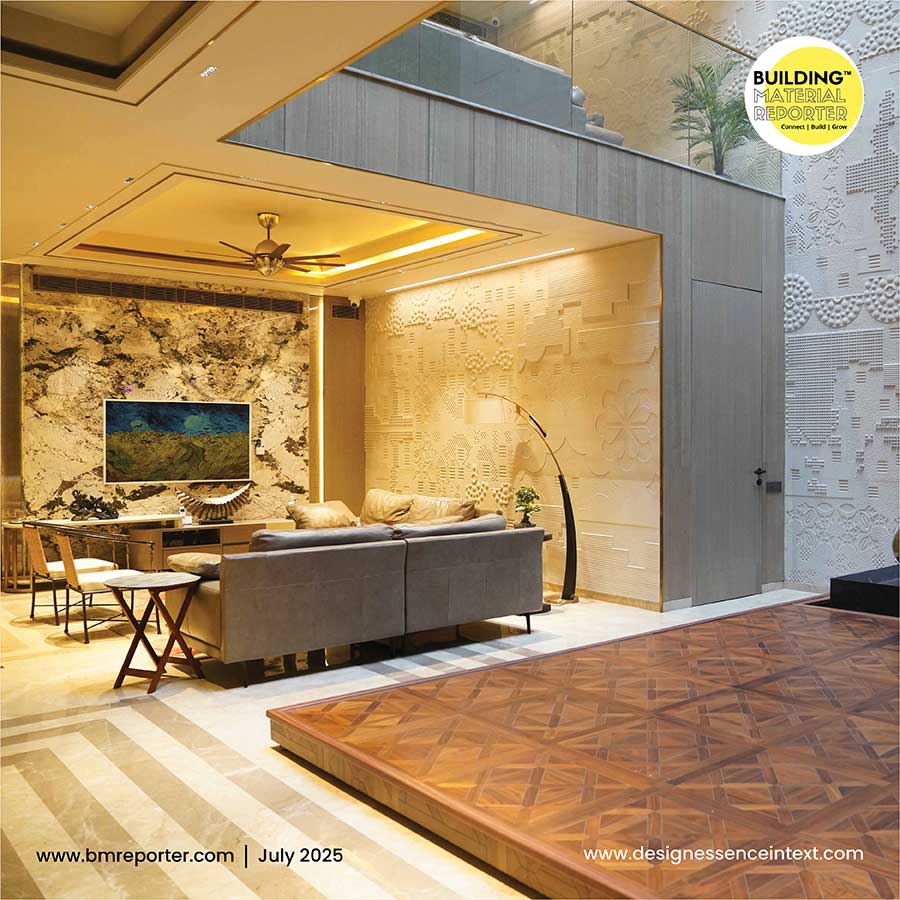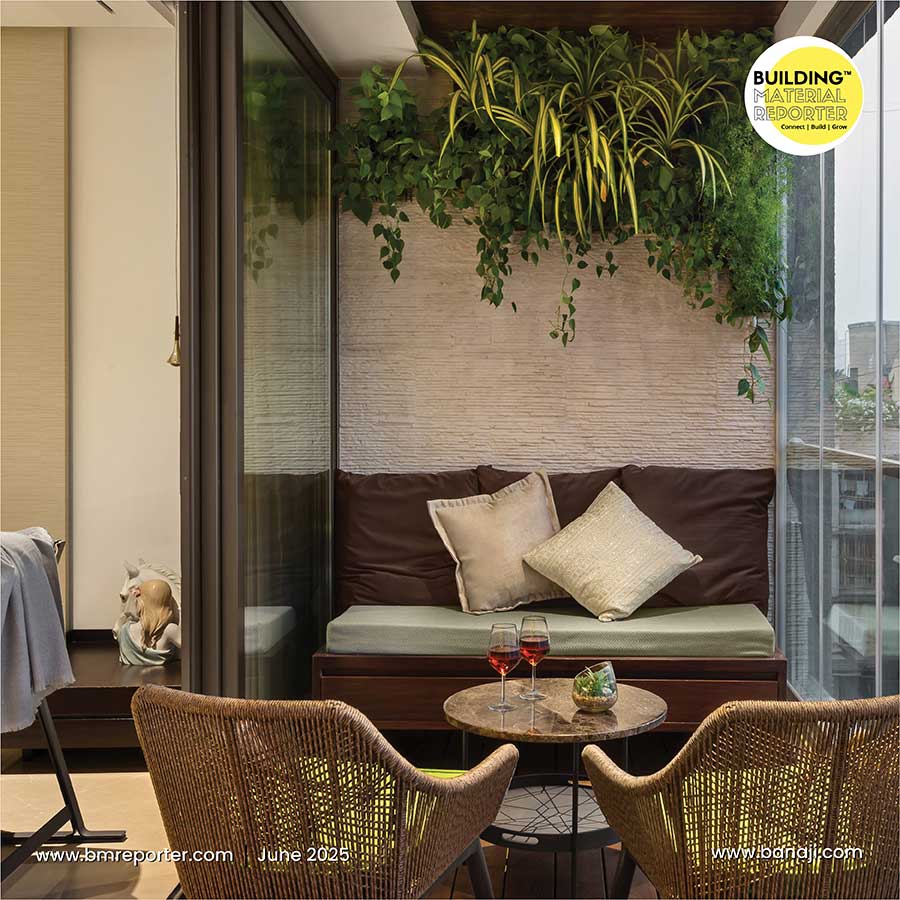What Are Refractory Bricks? What’s Special about Them?
- July 1, 2023
- By: Editorial Team
- INFLUENCERS
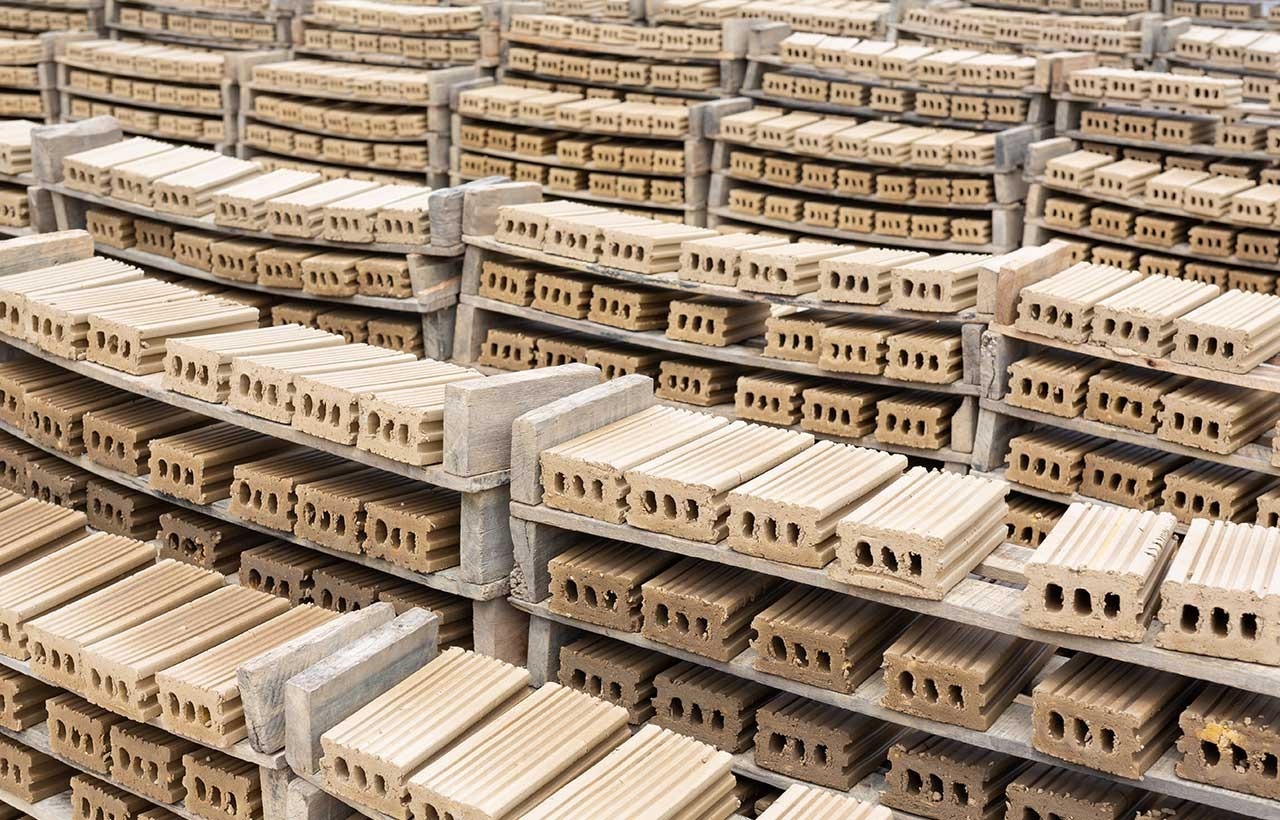
Refractory bricks--also known as fire bricks--are ‘special’ bricks made with different materials, and used for different purposes. Being fire-resistant and sturdier and also safer, today, they are being used more and more nowadays by architects and designers to build safer and more attractive buildings.
Let’s Dive deeper and know all that we need to know about them
Q. What are Refractory Bricks?
A fire brick or refractory is basically a block of ceramic material used in lining furnaces, kilns, fireboxes, fireplaces and other and other fire-resistant buildings. They can survive temperatures up to 2100 degrees Celsius. These bricks are available in different sizes and shapes and are often trimmed to suit, providing their installation with more flexibility. They can also be arranged in different manners, making the construction of different kinds of complex structures possible.
Q. What’s so special about refractory bricks?
The chemical composition of refractories is different from that of common bricks, which also has an impact on their colour and thermal conductivity. They have a much higher melting point than ordinary bricks because they are made of heat-resistant materials. This guarantees that they won't degrade or crack, thanks to strong heat or sudden temperature changes.
Q. Refractory materials are useful for what key functions?
Refractory materials are beneficial for:
1. Serving as a powerful thermal barrier between the wall of a containing vessel and a hot medium
2. Fighting physical stresses
3. Averting erosion of vessel walls
4. Protecting against corrosion
5. Providing thermal insulation
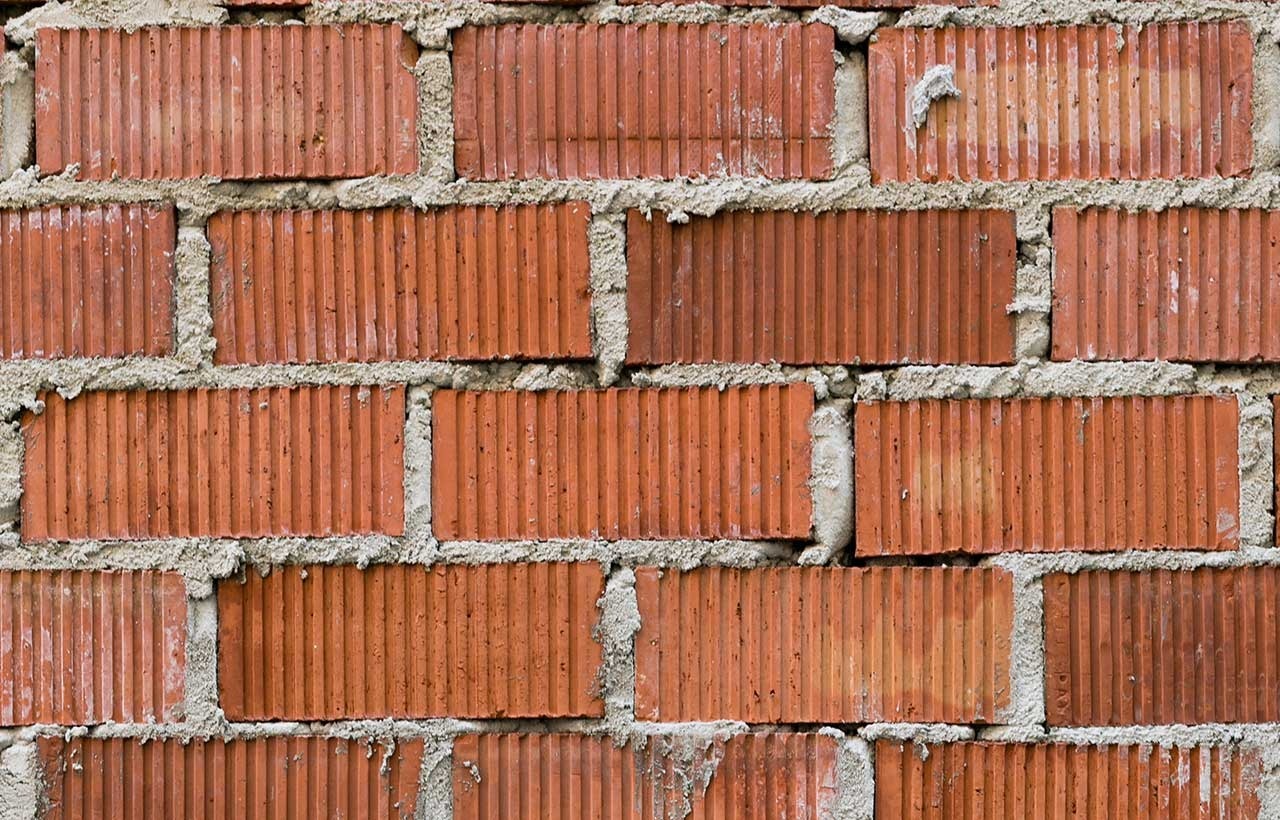
Q. What are the three major kinds of refractory bricks?
These are the three main varieties of refractory bricks.
1. Acid Refractories: Ordinary Fire Bricks, Silica Bricks, Ganister Bricks
2. Basic Refractories: Magnesite Bricks, Dolomite Bricks, Bauxite Bricks
3. Neutral Refractories: Chromite Bricks, Carborundum, Chrome Magnesite Bricks, Spinal Bricks, Forsterite Bricks.
Q. What’s the standard size of refractory bricks?
The standard refractory brick size is 9×4½×2½ inches, also known as one brick equivalent (beq). This size is the most common size used in pottery kiln construction. But, an equally popular standard size used in industrial furnace construction, is the 9×4½×3-inch series.
Q. Why are refractory bricks used?
Refractory brick is often used to construct kilns, furnaces and other high-temperature enclosures. That's because refractory brick cuts down heat loss and the chance of an accidental fire. The composition of the refractory brick determines the temperatures it may bear.
Q. To build which specific portions of building refractory bricks are used?
In buildings, they are mostly used to build Side Walls, Roof, Floor, and Partition Walls.
Q. What materials are used to make refractory bricks?
The oxides of aluminium (alumina), silicon (silica) and magnesium (magnesia) are the most significant materials used to make refractories. Another oxide typically found in refractories is the oxide of calcium (lime). Fire clays are also widely used to make refractories.



